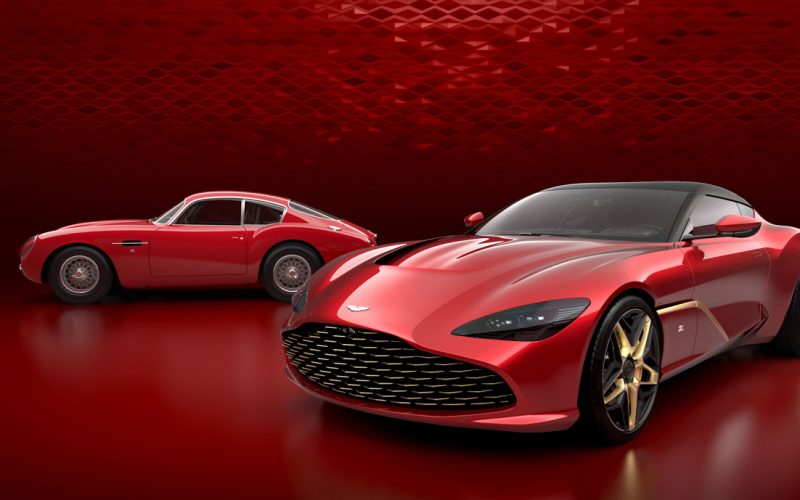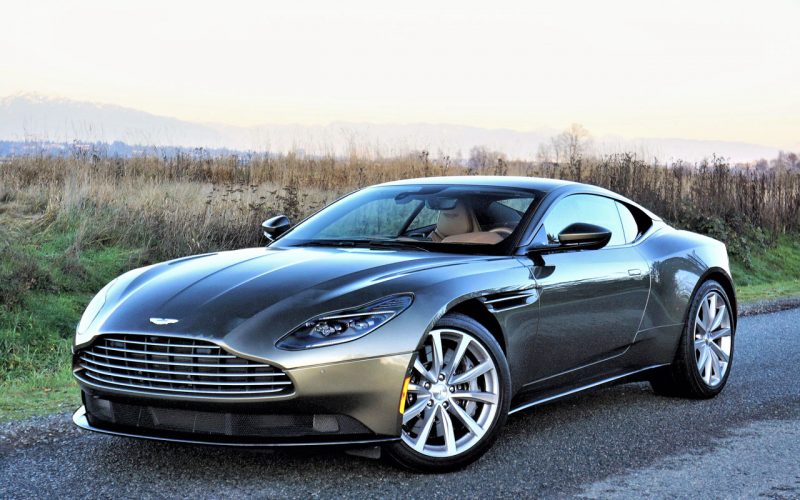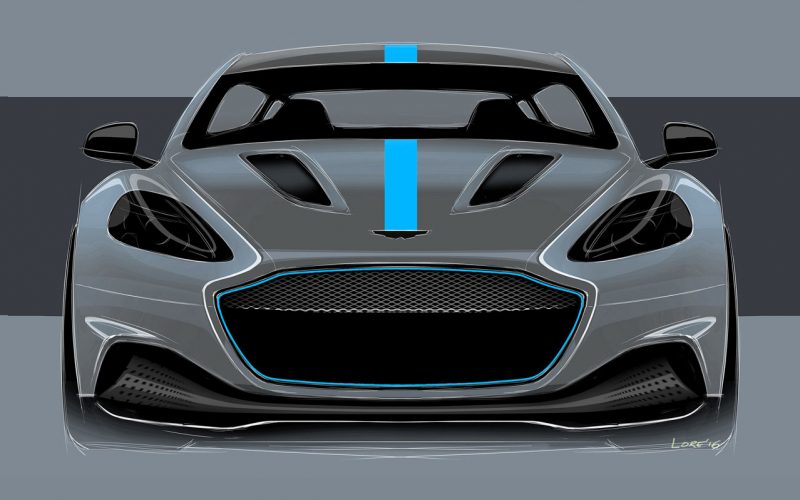
Reading Time: 5 minutesTwo cars in one, or at least that’s the arrangement you’ll need to accept if you

Reading Time: 12 minutesMore than a year has passed since I drove Aston Martin’s then new 2017 DB11 Launch

Reading Time: 7 minutesIf you’ve ever witnessed one of Aston Martin’s V8 or V12 engines blast past at full
© 2025 The Car Magazine. All Rights Reserved, Privacy Policy | Terms of Use